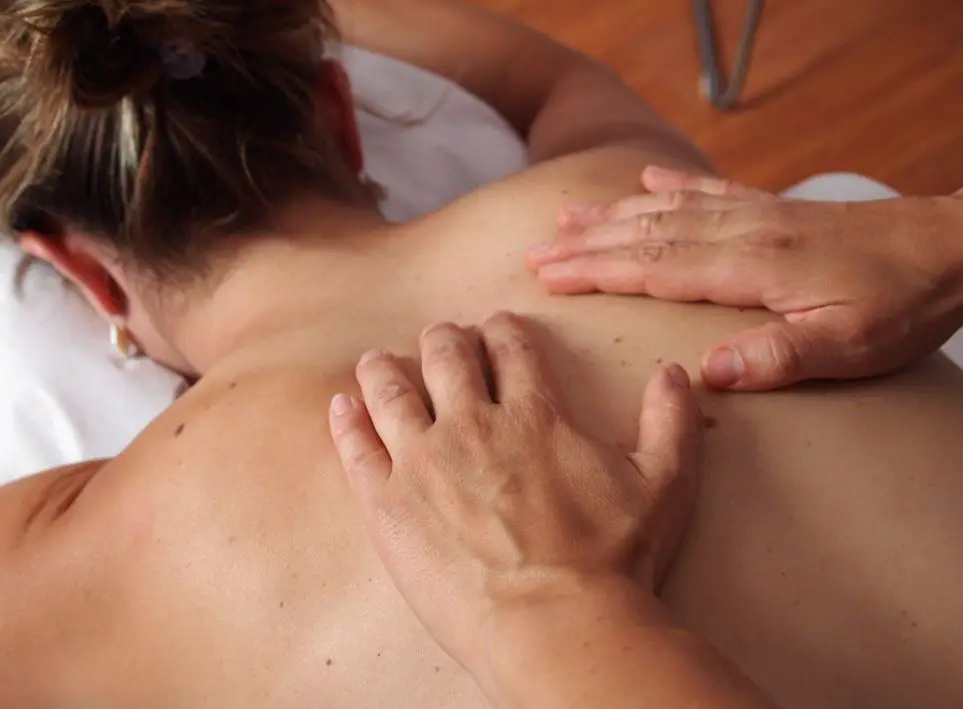Industry Insider

Pilates and Rolfing
Pilates and Rolfing are made for one another. They can interact synergistically to create profound change in the body and mind – in how we relate to ourselves and how we relate to the world around us. They both speak to many of the same aspects of living an embodied life: breath, strength, freedom, coordination, intention, and awareness to name a few. In the hands of a skilled Rolfer™, Pilates clients can deepen their understanding of the possibilities of the form and of their own bodies.
What is Rolfing?
As with Pilates, there are many misconceptions out there about what the work really is (“You know, Pilates, that super-intense ab workout on medieval torture machines.”) Despite what you may have heard, Rolfing is not a massage that pulls the muscles off the bone or a procedure that makes people break down into crying piles of goo. Rolfing® Structural Integration (its formal name) is a collaborative process of hands-on manipulation and movement education developed over 50 years ago by Ida P. Rolf, PhD and is designed to reorganize a person’s relationship to gravity. Over a series of sessions (typically 10-12) the Rolfer uses his or her fingers, soft fists, and even elbows in concert with gentle client movements to lengthen and unwind the investing connective tissue of the body in a systematic way. It can be intense and yet can also be amazingly pleasurable and even relaxing.
Rolfing is not so much a technique, though it has developed and appropriated many over the years. It is an approach to finding and uncovering what can be called “the animal body” – that innate somatic intelligence inside each of us that knows how to sit, stand, and move with ease and dynamic strength. At the beginning of every session Rolfers do a “body reading,” analyzing and kinesthetically empathizing with the resources, asymmetries, restrictions, and inhibitions in a client’s structure and function. This process certainly involves input from the client as well as the practitioner asks open-ended questions about what the client is perceiving in their body or in the environment.
Generally, the work then moves to the massage table. Dr. Rolf taught a 10 Session Recipe that has specific goals and territories of the body for each session. The first session, for instance, traditionally has the goal of freeing the breath. The second: to improve the function of the feet, ankles, and legs in order to land and push off (sounds like footwork on the Reformer to us!) Many practitioners continue to use Dr. Rolf’s recipe which is amazingly brilliant, or versions of it. Others have developed more principle-based models for where and when to work. But all look for increased integration and balance at the end of every session and at the end of a Series as a whole.
The Rolfing community
Like Pilates, the Rolfing community has gone through sad personal, political and legal schisms over the years. The generic term for this approach is actually Structural Integration (or SI) and there are now many heirs of Dr. Rolf teaching and practicing in various lineages of the work. The Rolf Institute® in Boulder, Colorado holds the service mark for Rolfing and only their graduates can legally call themselves Certified Rolfers™. There is also a community of other reputable SI schools including but not limited to the Guild for Structural Integration, Kinesis Myofascial Integration, and Hellerwork International. SI even has its own PMA-like umbrella organization, the IASI, which works to promote standards and scientific research.
We are lucky enough at our studio to have three SI Practitioners on staff so there is a great cross-fertilization between the two disciplines. When a Pilates client has plateaued, reached an impasse, or is in pain, we frequently recommend that they see a Rolfer. Hands-on work has a level of specificity and precision that can open things up like nothing else. Likewise, our SI practitioners see so much value in the stability, strength, process ownership, and joy that Pilates engenders that they frequently refer clients to the Pilates side of the studio. It’s a win-win for everyone, especially the clients!




